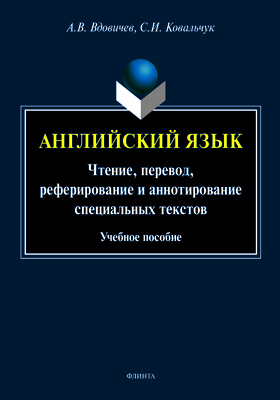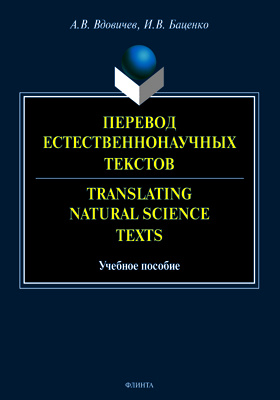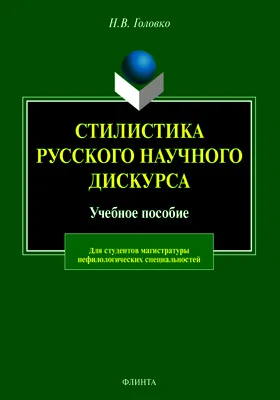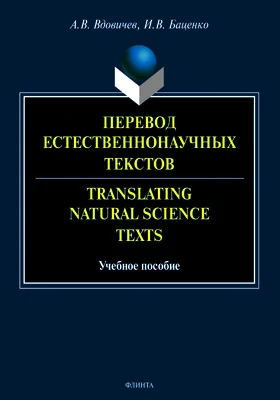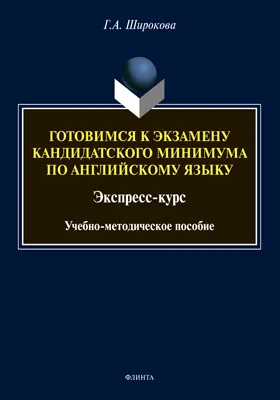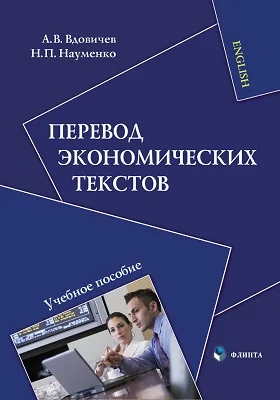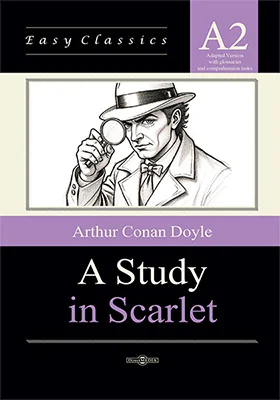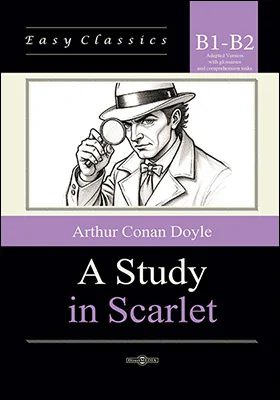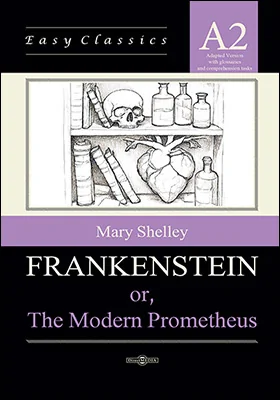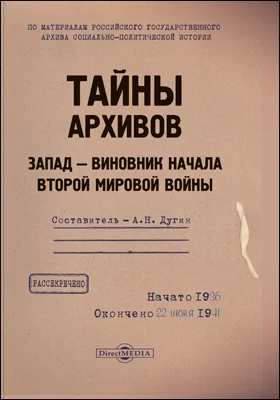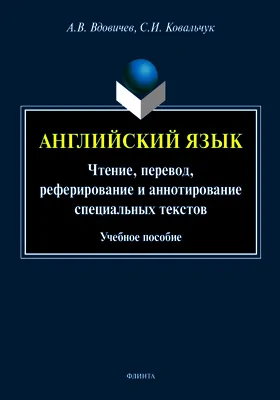
Английский язык
Здесь можно купить книгу "Английский язык" в печатном или электронном виде. Также, Вы можете прочесть аннотацию, цитаты и содержание, ознакомиться и оставить отзывы (комментарии) об этой книге.
Место издания: Москва
ISBN: 978-5-9765-4079-8
Страниц: 294
Артикул: 81417
Возрастная маркировка: 16+
Краткая аннотация книги "Английский язык"
Пособие предназначено для обучения чтению, переводу, реферированию, аннотированию и реферативному переводу специальных текстов. Его цель — развитие умений выделять главную информацию в тексте, осуществлять смысловое свертывание текста, использовать клише, а также формирование навыков перевода, реферирования и аннотирования английских текстов научно-технической и общественно-политической тематики.Для студентов языковых и неязыковых учреждений высшего образования, а также для магистрантов при подготовке к сдаче кандидатского минимума по английскому языку.
Содержание книги "Английский язык : чтение, перевод, реферирование и аннотирование специальных текстов"
Предисловие
Раздел I. РЕФЕРИРОВАНИЕ И АННОТИРОВАНИЕ СПЕЦИАЛЬНЫХ ТЕКСТОВ
Раздел II. ПРАКТИКА РЕФЕРИРОВАНИЯ И АННОТИРОВАНИЯ СПЕЦИАЛЬНЫХ ТЕКСТОВ
UNIT 1
UNIT 2
UNIT 3
UNIT 4
UNIT 5
UNIT 6
UNIT 7
UNIT 8
ADDITIONAL TEXTS
Приложение 1
Приложение 2
Приложение 3
Литература
Все отзывы о книге Английский язык : чтение, перевод, реферирование и аннотирование специальных текстов
Отрывок из книги Английский язык : чтение, перевод, реферирование и аннотирование специальных текстов
109● Each sequence of three bases on the mRNA, called a codon, uses the right type of transfer RNA (tRNA) to pick up a corresponding amino acid from the cell.● A string of amino acids is assembled on the ribosome, side by side, in the same order as the codons of the mRNA, which, in turn, correspond to the sequence of bases from the original DNA molecule in a process called translation.● When the codons have all been read and the entire sequence of amino acids has been assembled, the protein is released to twist into its fi nal form.14. First, the DNA molecule receives a trigger telling it to express a particular gene. Many infl uences may trigger gene expression, including chemical signals from hormones and energetic signals from light or other electromagnetic energy. For example, the spiral backbone of the DNA molecule can actually carry pulsed electrical signals that participate in activating gene expression.15. Once a gene has been triggered for expression, a special enzyme system causes the DNA’s double spiral to spring apart between the beginning and end of the gene sequence. The process is similar to a zipper with teeth that remain connected above and below a certain area, but pop open to create a gap along part of the zipper’s length. At this point, the DNA base pairs that make up the gene sequence are separated. DNA replication is based on the understanding that any exposed nucleotide thymine (T) will pick up an adenine (A) and vice versa, while an exposed cytosine (C) will connect to an available guanine (G) and vice versa. Here the same process takes place except that instead of unzipping and copying the entire length of the DNA molecule, only the region between the beginning and end of the gene is copied. Instead of making a new double spiral, only one side of the gene is replicated, creating a special, single strand of bases called mRNA.16. Once the mRNA has made a copy of one side of the gene, it separates from the DNA molecule. The DNA returns to...
С книгой "Английский язык" читают
Внимание!
При обнаружении неточностей или ошибок в описании книги "Английский язык : чтение, перевод, реферирование и аннотирование специальных текстов (автор Алексей Вдовичев, Сергей Ковальчук)", просим Вас отправить сообщение на почту help@directmedia.ru. Благодарим!
и мы свяжемся с вами в течение 15 минут
за оставленную заявку

